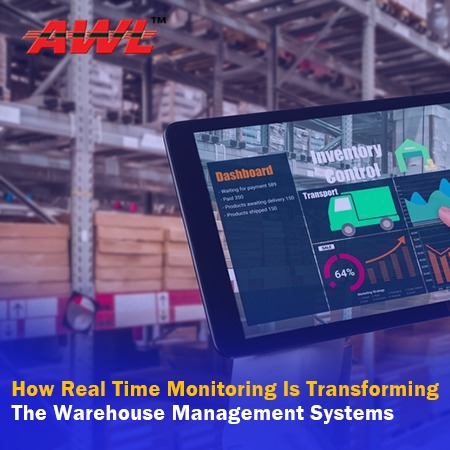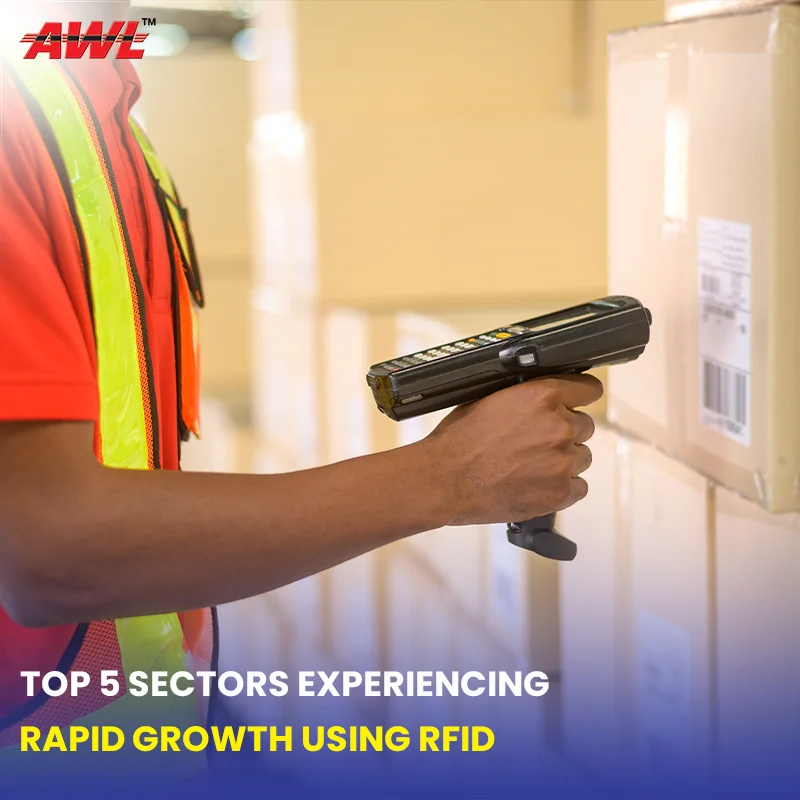

Warehouses, like manufacturing, are at a tipping point, as are the systems that run them. The warehouse's traditional position as a cost centre is making way for a more integrated, real-time one that is responsible for creating revenue and growth. The warehouse faces entirely new business challenges as a result of the new business models. According to a recent survey, the fastest growing manufacturers can coordinate analytics, mobility, and real-time monitoring to expand 10% faster than their competitors. The most rapidly developing manufacturers are integrating these four technologies throughout their entire supply chains in order to reach better levels of precision and responsiveness than other competitors present in the market. AWL India, being one of the leading Warehouse Service Providers In India understands that efficient warehouse management systems will be responsible for the future growth of the industry.
Any manufacturer would tell you that their top two objectives today are product quality and developing new digitally-driven business models. The inflection moment for WMS is directly related to manufacturers' desire to improve product and service quality while ensuring the success of new digital business models. When a warehouse is digitally enabled, it improves order fulfilment accuracy, speed, and scale while reducing shipping and receiving handling mistakes. Using a WMS, analytics, BI, mobile, and real-time monitoring, expenses associated with underutilised stocks are being reduced quicker than projected, while inventory visibility is improving. WMS' tipping point is also ushering in a new age of real-time track-and-traceability performance that was previously unavailable. WMS can now better optimise the movement of raw materials, WIP, and completed items throughout production by orchestrating analytics, BI, and real-time data monitoring to enable new products and business models.
More than 75% of the manufacturers believe that real time monitoring improves their supply chain operations. While there are some that believe that real time monitoring is critical for simplifying and improving the efficiency of inventory reconciliation. Some of the businesses rely on real time monitoring to improve tracking of production time, downtime, total parts made, rejections, and components to be produced. Moreover, the businesses today are moving real time monitoring beyond the shop floor and into supply chains, beginning with warehouses.
AWL India believes that real time monitoring has started to completely revolutionise the warehouse management system, further fuelling its impact by transforming warehouses from cost centres to revenue centres and growth accelerators. Across the broad spectrum of technologies that enable real-time monitoring, AWL India allows your business to use the latest smart warehouse technology such as RFID, Internet of Things (IoT), Artificial Intelligence (AI) and other technologies to improve warehouse accuracy, speed, and scalability.
Furthermore, incorporating real-time monitoring into their WMS improves logistics, coordination with transportation providers, inventory level visibility, and accuracy on the status of inbound shipments into warehouse locations. Moreover, following are the major findings that demonstrate how real time monitoring is transforming WMS and propelling it to greater accuracy, speed, and scale:
It is because the technology that is being used in WMS operations provides real time monitoring updates. More firms are exploring and, in some cases, implementing IoT devices and systems across their supply chains, warehouses, and manufacturing facilities. AWL India being one of the leading Warehouse Logistics Companies believes that IoT will be one of the primary catalysts pushing the development of Industry 4.0 in general and WMS in particular. Moreover, Inventory Management Systems and Warehouse Management systems serving the transportation, logistics, retail, wholesale, and chemical industries have the most potential for IoT growth. Furthermore, the largest challenge that is being faced by manufacturers today is the requirement to grow fast beyond the restrictions of their present systems. Accuracy, scalability, and speed are crucial when moving to a WMS to improve the overall supply chain efficiency.
The number of warehouses required to support new business models and the growth they generate will increase by more than 45%. Manufacturers anticipate a rise in the amount of space expansions, with a majority of businesses planning to relocate warehouses and Distribution Centers (DC) to enable additional development. AWL India discovered that the four areas of out of stock circumstances, improving customer experience, warehouse accuracy, and regulatory compliance are redefining WMS's function today. An efficient warehouse management system must be scalable across all of these areas while maintaining the greatest levels of accuracy, speed, and scale to support existing production and new business models.
Above mentioned are some of the points that prove that real time monitoring is capable of revolutionising the warehouse industry. Warehouses must move from cost centres to revenue centres in order to support new digitally enabled supply chains and business models that need higher precision, speed, and scale than ever before. Moreover, AWL India is one of the largest warehouse service providers in India that offers the best in class smart warehouses along with efficient warehouse management systems that can help in the growth of the business.

